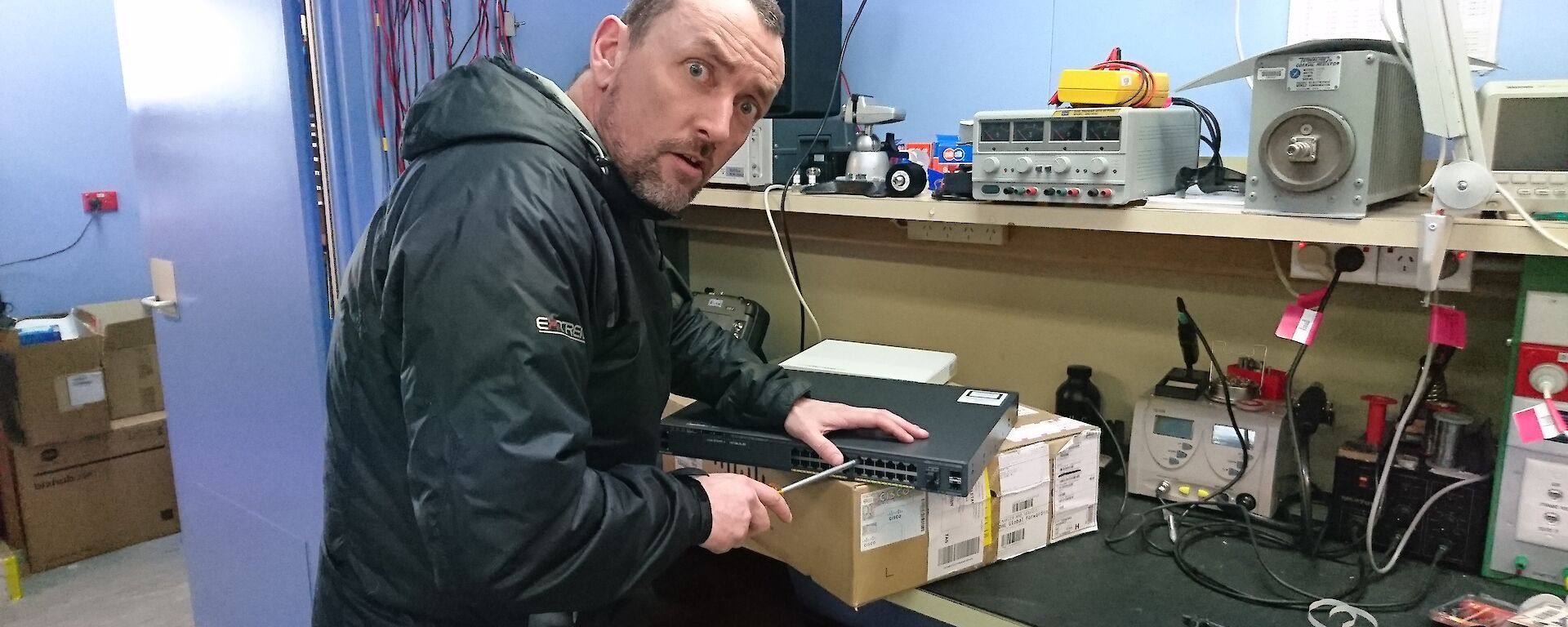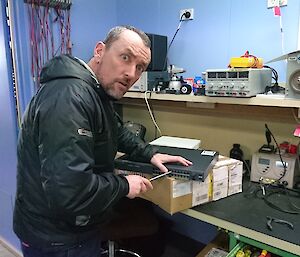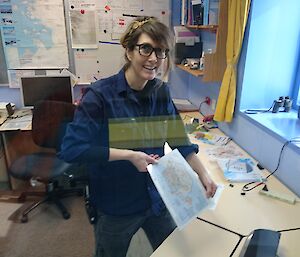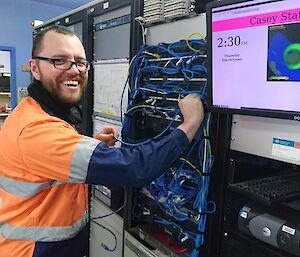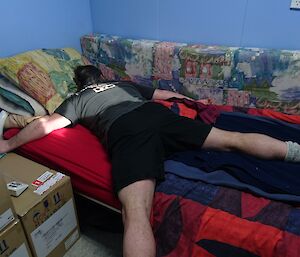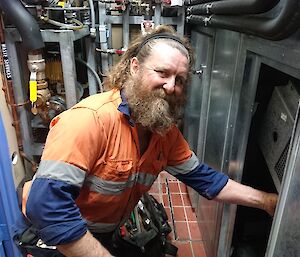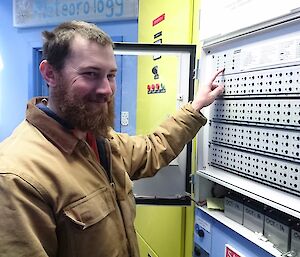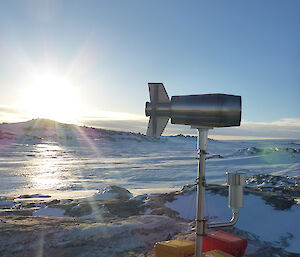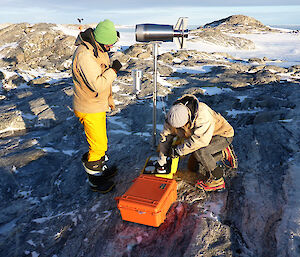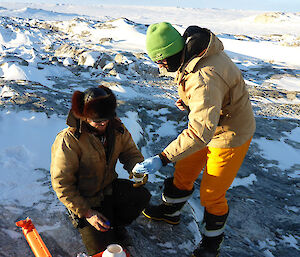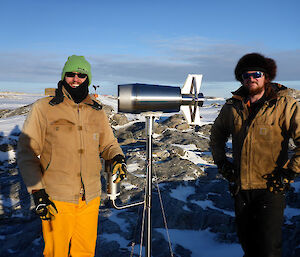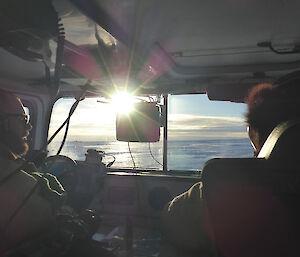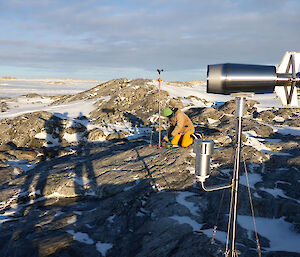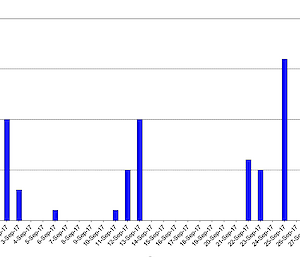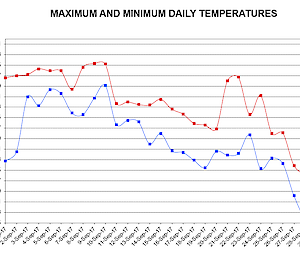The countdown has begun here at Casey and we have only 19 days remaining until the first scheduled flight of the season.
The focus on station has shifted to getting jobs finalised and work places tidied and organised for the incoming team. Brewing is also in overdrive trying to stockpile homebrew for the summer crew.
It’s been a hive of activity in our ops building here at Casey this week, with a record four people plus a crew of visiting sparkies completing fire testing, all congregating into this vibrant hub of activity. Some might say that the ops building is actually the beating heart of station.
We have all been challenged this week on account of us making a three hour time zone hop last weekend to line back up with Hobart time, which ordinarily would not be an issue, however we now have bright daylight until after 10 pm, which has most of us hiding behind the blackout blinds after dinner trying to adjust.
Our team members up at the Wilkins aerodrome continue to make great progress toward runway establishment, this week completing the building of the camp, supported by dieso Ricky, sparky Zac, Comms Tech Clint and BoM Tech Mark. Work is continuing now on getting the runway ready to receive the first flight.
Jacque Comery, Station Leader.

